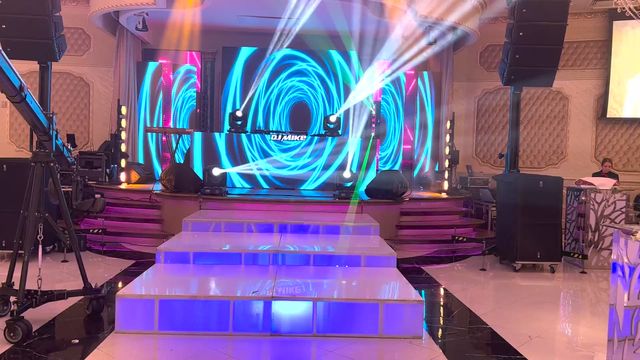Crucial Strategies for Enhancing the Lifespan of The LED Display
Wiki Article
Light Emitting Diode walls are becoming progressively popular for various purposes, from marketing to entertainment. To ensure that these screens operate effectively over time, it is crucial to implement strategies that maximize their durability. Comprehending the factors that affect the durability of Light Emitting Diode screens can help users maintain their functionality and avoid unnecessary substitutions.
One of the main factors that can extend the durability of an Light Emitting Diode screen is proper installation. It is vital to have a skilled crew handle the installation process to ensure all parts are properly attached. Poor setup can lead to power issues or mechanical damage. Additionally, the placement of the LED wall should take into account surrounding conditions such as light exposure and moisture levels. A well-installed display in a proper site will reduce the chance of damage caused by outside elements.

Regular maintenance is a further crucial tactic to prolong the life of an Light Emitting Diode screen. This includes routine inspections to monitor for any indicators of wear or malfunction. Dirt and debris can build up on the surface of the LED panels, impacting luminosity and hue quality. Cleaning the screens with suitable materials will help maintain ideal clarity. It is also important to check the electronics behind the display, ensuring that all connections are tight and that there are no heat issues, which can significantly reduce the durability of the parts.
Power management plays a vital read this post here role in enhancing the longevity of an Light Emitting Diode screen. Excess voltage or unstable electricity supply can damage the internal circuitry. To prevent this, using a high-quality power supply and putting in place overvoltage protection strategies is recommended. Additionally, adjusting the screen to function at reduced brightness levels when high brightness is not necessary can reduce stress on the lights. This not only prolongs the lifespan of the wall but also saves power, making it a economical option.
In addition, program control can affect the functionality of LED walls. Regularly updating the software that controls the display ensures that it runs efficiently and incorporates any necessary security patches. Old program can result in functionality issues and may put the setup to risks. Proper timing of programming can also assist with overseeing the demand of the screen, permitting it to idle during off-peak hours, which can aid to a greater durability.
In conclusion, maximizing the lifespan of an LED screen involves a combination of proper setup, regular maintenance, efficient electric management, and diligent program management. By concentrating on these essential tactics, operators can ensure that their Light Emitting Diode displays remain functional and aesthetically appealing for many seasons. Taking preventive measures will not only enhance the functionality of the Light Emitting Diode wall but also offer a better return on cost over time.